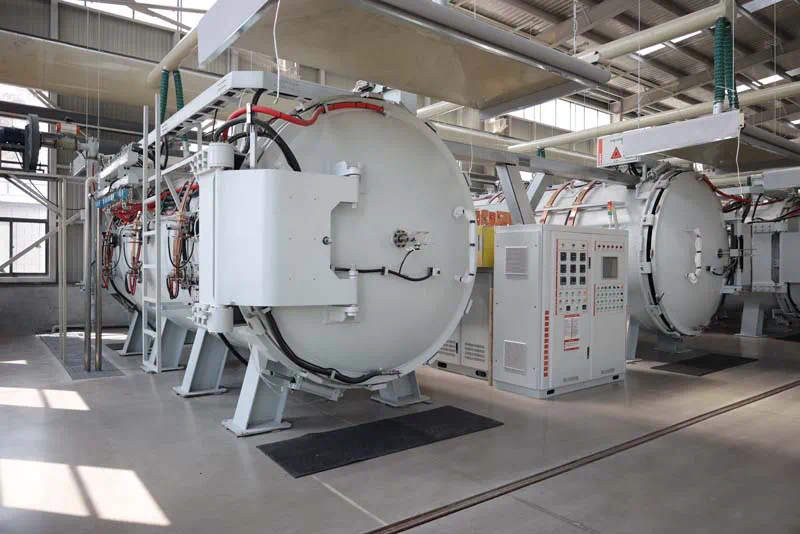Efficiency is key when it comes to businesses. Indeed, workflow automation (WA) can significantly influence productivity, a vital factor that determines your earnings and, if you run a customer-oriented enterprise, your image. If your business’s internal processes are perpetually struggling to adhere to deadlines, you may wish to contemplate the implementation of workflow automation.
This blog explores everything you need to know about Workflow Automation (WA) and how it can catalyze high operational efficiency.
What is Workflow Automation?
Workflow automation is the process of using software to automate the steps taken to complete a specific task, i.e., its workflow. It works best when tasks are repetitive and/or need to be achieved with high levels of accuracy.
Workflow automation primarily falls into two broad categories:
Static: This form of automation works primarily on an if-then logic and will continue to follow the sequence of steps that have been set up. External factors are not taken into consideration here. Hence, the term static workflow automation.
Dynamic: Dynamic or RPA Automation (Robotic Processing Automation) uses complex code to determine the best course of action to complete a task while considering external factors. RPA is a more agile form of automation that requires minimal long-term maintenance when done right.
Benefits of Workflow Automation
The benefits of workflow automation are many. The results are positive, no matter how large or small your business is. It’s no wonder that about 31% of companies worldwide have automated at least one workflow in their organization.
Let’s dive deeper.
1. Improved Operational Efficiency
Absolutely, workflow automation streamlines processes and reduces the risk of human error, leading to improved operational efficiency and consistency. This can result in cost savings, faster task completion, and overall better resource utilization. However its essential to design and implement these automated workflows carefully to ensure they align with your business goals and requirements.
Another added advantage of automation is a reduction of human induced errors which can had serious consequences down the line. Additionally if errors do occur they can easily be traced back to their source.
You can also automate your QA processes to mitigate any chances of errors in your final products.
2. Improved Employee Productivity
Reports indicate that the average US employee spends about two hours daily on repetitive tasks. That works out to 18 hours lost per week, a significant amount.
With workflow automation in place, employees have more time to spend on innovation and other tasks that actively generate revenue for your business. Further now that employees have more time employers can offer corporate training programs to help employees upskill themselves.
Learning new skills that can help employees grow in their career paths can significantly boost employee morale and retention ultimately leading to a more efficient and productive workforce. 76% of employees a likelier to stay with a company that offers continuous training.
3. Real-Time Tracking of Workflows
In general, automation workflow platforms allow you to track the progress of all your workflows in real time. The benefits of this functionality are many, and the key among them are as follows:
● Workflow automation software makes all task progress data available in one centralized location.
● Access to built-in reporting and analytics tools to identify errors or operational bottlenecks in your workflow automation logic.
Statistics show that, on average, employees spend about 1.8 hours just trying to find relevant information to perform the job at hand. A workflow automation software’s reporting functionality can change all that.
4. Improved Collaboration Among Teams
According to a report by Loom, on average, employees spend about 3 hours and 43 minutes per day on communication, either via email or on calls.
Time is money in the business world, and workflow automation can help your employees reclaim a significant portion of it. With workflow automation, your teams no longer need to track every lead or follow up across departments painstakingly.
Your workflow automation can also:
● Double up as a hub to share real-time task updates.
● Send task progression or completion notifications.
● Seamlessly share critical memos or documents with ease.
You can also use this technology to automate your approval process, which is highly dependent on the availability of each individual in the chain of command.
5. Organizational-Wide Transparency and Accountability
Automated workflows ensure that all your processes are mapped accurately while removing hidden inefficiencies to optimize the entire process. Not only does this bring more transparency into the mix, but it will also decrease the need for unnecessary communication among teams.
In the report mentioned earlier, 89% of employees were sending out the same communication multiple times, either to enhance their visibility or to create a train of accountability.
With workflow automation, you will have a panoramic view of all the processes. Apart from saving employees’ time by sending redundant messages, there will be a transparent record of all activities performed in the exact order of events.
Absolutely, the transparency and visibility that come with effective data dashboards benefit both employees and business owners. Employees can see the impact of their work and contributions, fostering a sense of accomplishment and motivation. Meanwhile, business owners gain valuable insights into their operations, enabling data-driven decision-making for improved efficiency and performance. It’s a win-win situation that promotes growth and success.
6. Increased ROI
Now, we come to the crux of any business – profits. All of the benefits mentioned above lead to one possible outcome – improved return on investment.
With workflow automation in place:
● You bid farewell to costly human errors.
● You save money on the additional workforce required to perform manual tasks.
● You free up valuable employee hours that would otherwise be lost to repetitive tasks.
● You reclaim value time spent on redundant communication or on hunting for elusive data.
● And finally, you have a birds-eye view of your business operations, giving you the information you need to optimize it further.
The result is higher employee productivity and a simultaneous decrease in operational costs.
Wrapping Up
Let us end with one final statistic – A Zapier report found that 88% of small businesses could compete with larger organizations with the help of workflow automation.
Simply put, workflow automation isn’t just a cost-cutting measure; it’s a strategic investment that trims operational fat, optimizes resources and ensures your business operates leaner and more efficiently. With the competition rising exponentially, if you want to get ahead, now is the time to integrate workflow automation into your business processes.






